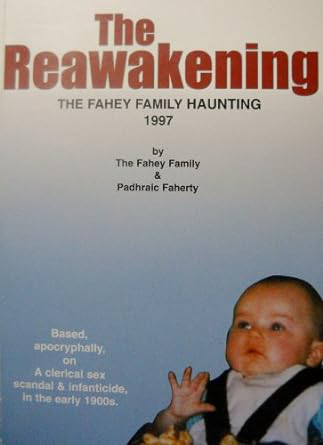Unusual Space Object Detected That Emits Periodic Radio Signals
Science/Medical/Technology
Sunday 30th, January 2022
2 minute read.
Radio astronomers in Australia have detected an unusual object in space that is approximately 4,000 light years away from earth. The object sends out radio signals at regular intervals, about three times an hour. This periodic burst of energy lasts for around one minute and then goes silent.
An astrophysicist, Dr. Natasha Hurley-Walker at Australia's Curtin University said, "This object was appearing and disappearing over a few hours during our observations. That was completely unexpected. It was kind of spooky for an astronomer because there's nothing known in the sky that does that"
The object was discovered by Curtin University honours student Tyrone O'Doherty using the Murchison Widefield Array (MWA) telescope in Outback Western Australia using a new technique he developed.
According to a press release from the International Centre for Radio Astronomy Research (ICRAR) which is a joint venture of the University of Western Australia and Curtin University, Dr. Hurley-Walker led the team that made the discovery.
Even though this discovery is unusual it's not uncommon, objects with similar 'flickering' behaviour have been seen before, these objects are classed as 'transients'.
Dr. Gemma Anderson, ICRAR Curtin astrophysicist and co-author of the study said, "When studying transients, you are watching the death of a massive star or the activity of the remnants it leaves behind", she went on to say, "'Slow transients' – like supernovae – might appear over the course of a few days and disappear after a few months. 'Fast transients' – like a type of neutron stars called pulsar – flash on and off within milliseconds or seconds"
With this new discovery it is a first where the object sends out radio signals for roughly one minute and then goes silent for the next 18 minutes, it has never been observed previously.
Dr. Hurley-Walker said the observations matched a predicted astrophysical object called an 'ultra-long period magnetar', but was far "brighter" than expected.
"It's a type of slowly spinning neutron star that has been predicted to exist theoretically. But nobody expected to directly detect one like this because we didn't expect them to be so bright. Somehow it's converting magnetic energy to radio waves much more effectively than anything we've seen before," she was quoted as saying in the press statement.
An astrophysicist, Dr. Natasha Hurley-Walker at Australia's Curtin University said, "This object was appearing and disappearing over a few hours during our observations. That was completely unexpected. It was kind of spooky for an astronomer because there's nothing known in the sky that does that"
The object was discovered by Curtin University honours student Tyrone O'Doherty using the Murchison Widefield Array (MWA) telescope in Outback Western Australia using a new technique he developed.
According to a press release from the International Centre for Radio Astronomy Research (ICRAR) which is a joint venture of the University of Western Australia and Curtin University, Dr. Hurley-Walker led the team that made the discovery.
Even though this discovery is unusual it's not uncommon, objects with similar 'flickering' behaviour have been seen before, these objects are classed as 'transients'.
Dr. Gemma Anderson, ICRAR Curtin astrophysicist and co-author of the study said, "When studying transients, you are watching the death of a massive star or the activity of the remnants it leaves behind", she went on to say, "'Slow transients' – like supernovae – might appear over the course of a few days and disappear after a few months. 'Fast transients' – like a type of neutron stars called pulsar – flash on and off within milliseconds or seconds"
With this new discovery it is a first where the object sends out radio signals for roughly one minute and then goes silent for the next 18 minutes, it has never been observed previously.
Dr. Hurley-Walker said the observations matched a predicted astrophysical object called an 'ultra-long period magnetar', but was far "brighter" than expected.
"It's a type of slowly spinning neutron star that has been predicted to exist theoretically. But nobody expected to directly detect one like this because we didn't expect them to be so bright. Somehow it's converting magnetic energy to radio waves much more effectively than anything we've seen before," she was quoted as saying in the press statement.



